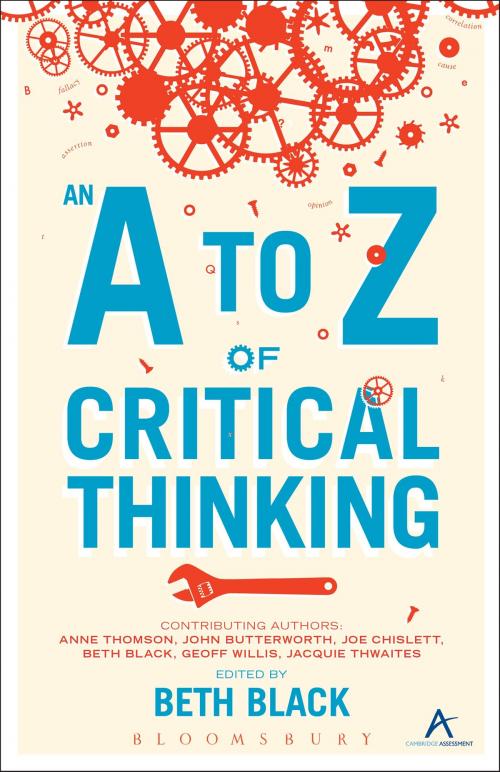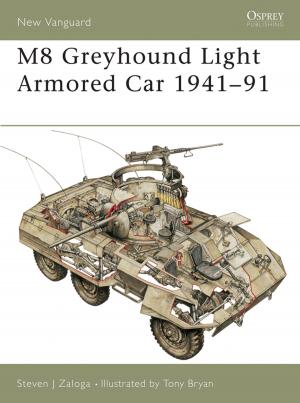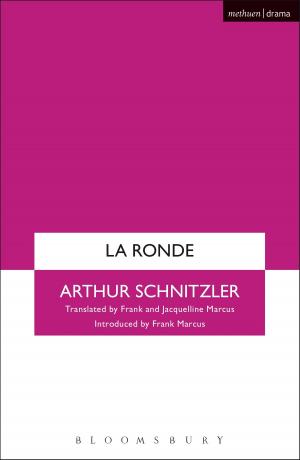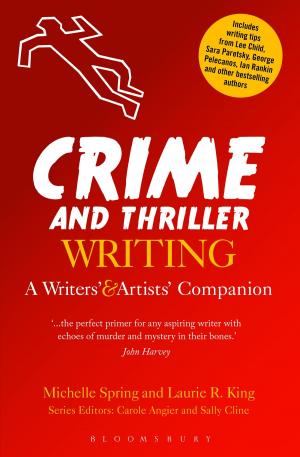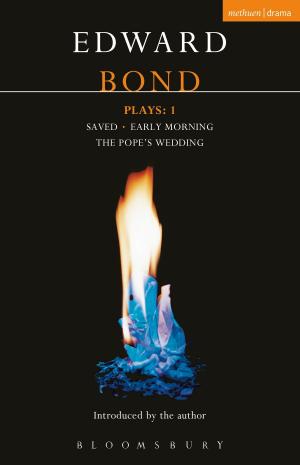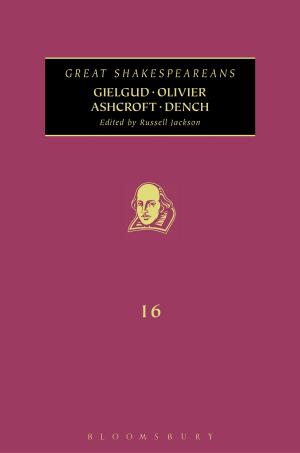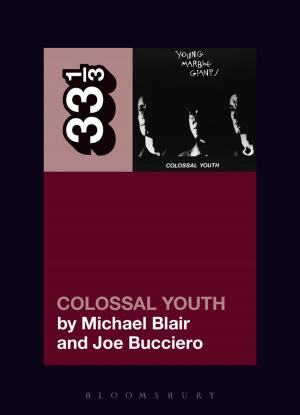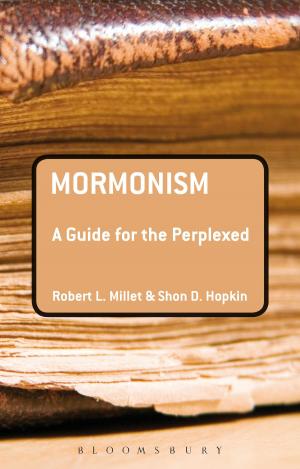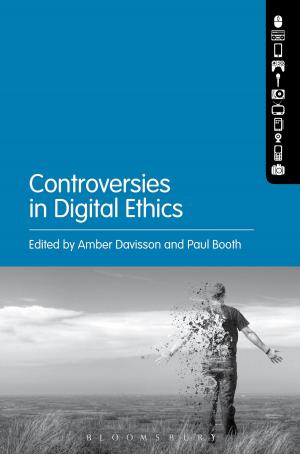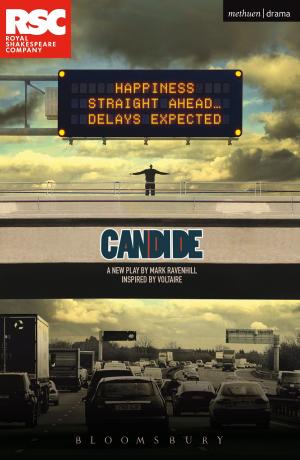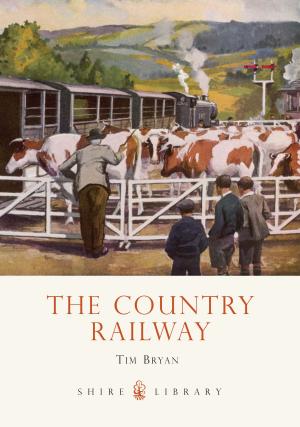| Author: | ISBN: | 9780826436955 | |
| Publisher: | Bloomsbury Publishing | Publication: | December 1, 2011 |
| Imprint: | Continuum | Language: | English |
| Author: | |
| ISBN: | 9780826436955 |
| Publisher: | Bloomsbury Publishing |
| Publication: | December 1, 2011 |
| Imprint: | Continuum |
| Language: | English |
Critical thinking is becoming increasingly prominent as an academic discipline taught and examined in schools and universities, as well as a crucial skill for everyday life. To be a successful critical thinker it is vital to understand how the different concepts and terms are defined and used. The terminology often presents a stumbling block for the beginner, since much of it is used imprecisely in everyday language.
This definitive A to Z guide provides precise definitions for over 130 terms and concepts used in critical thinking. Each entry presents a short definition followed by a more detailed explanation and authoritative clarification. Armed with the tools and knowledge provided in these pages, the reader will be able to distinguish an assertion from an argument, a flaw from a fallacy, a correlation from a cause and a fact from an opinion. The book is an invaluable resource for teachers and students of critical thinking, providing all the tools necessary to effectively analyse, evaluate, question and reason for yourself.
Critical thinking is becoming increasingly prominent as an academic discipline taught and examined in schools and universities, as well as a crucial skill for everyday life. To be a successful critical thinker it is vital to understand how the different concepts and terms are defined and used. The terminology often presents a stumbling block for the beginner, since much of it is used imprecisely in everyday language.
This definitive A to Z guide provides precise definitions for over 130 terms and concepts used in critical thinking. Each entry presents a short definition followed by a more detailed explanation and authoritative clarification. Armed with the tools and knowledge provided in these pages, the reader will be able to distinguish an assertion from an argument, a flaw from a fallacy, a correlation from a cause and a fact from an opinion. The book is an invaluable resource for teachers and students of critical thinking, providing all the tools necessary to effectively analyse, evaluate, question and reason for yourself.
